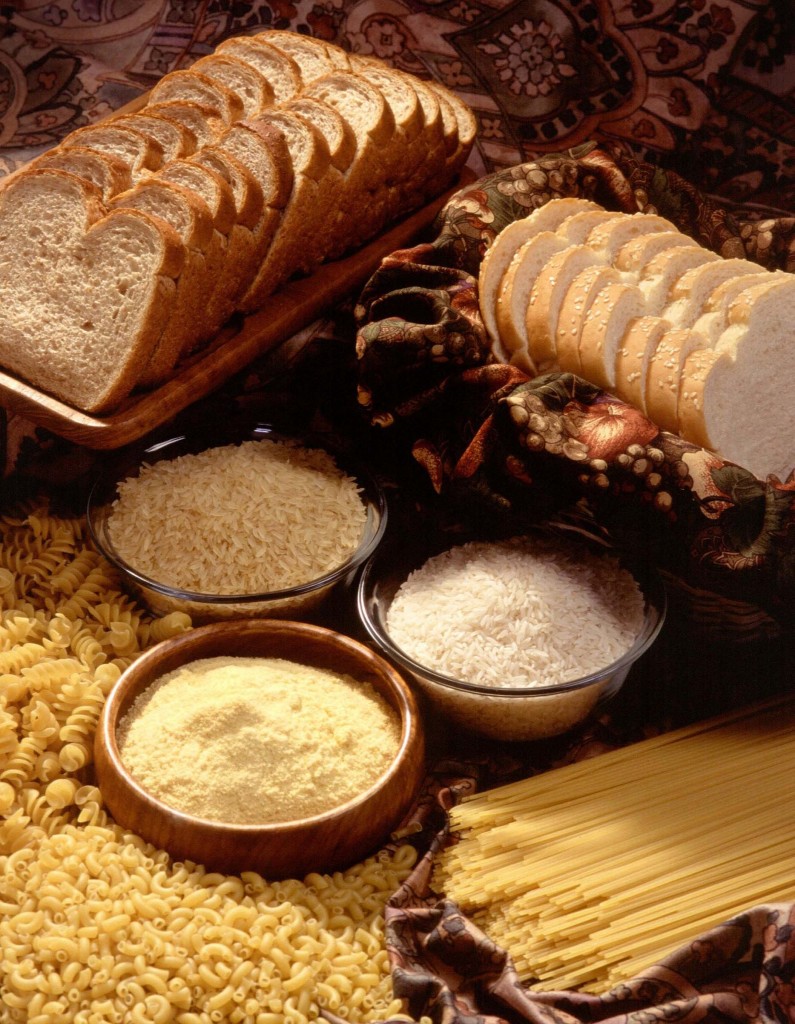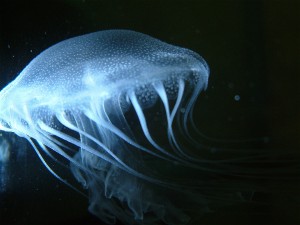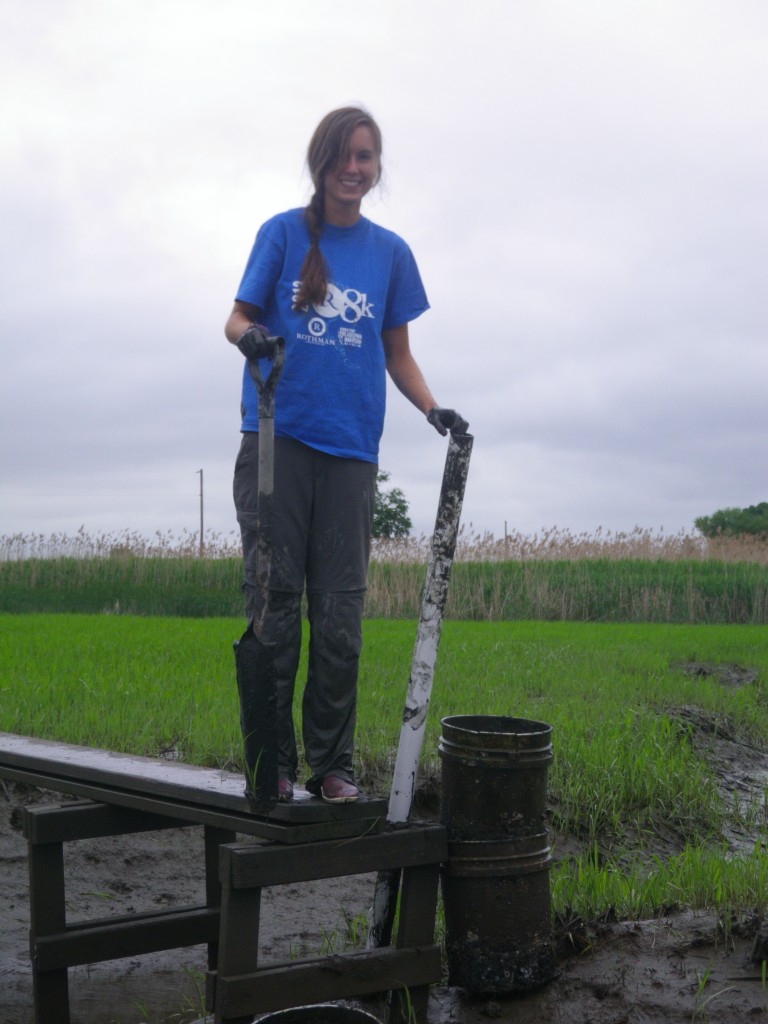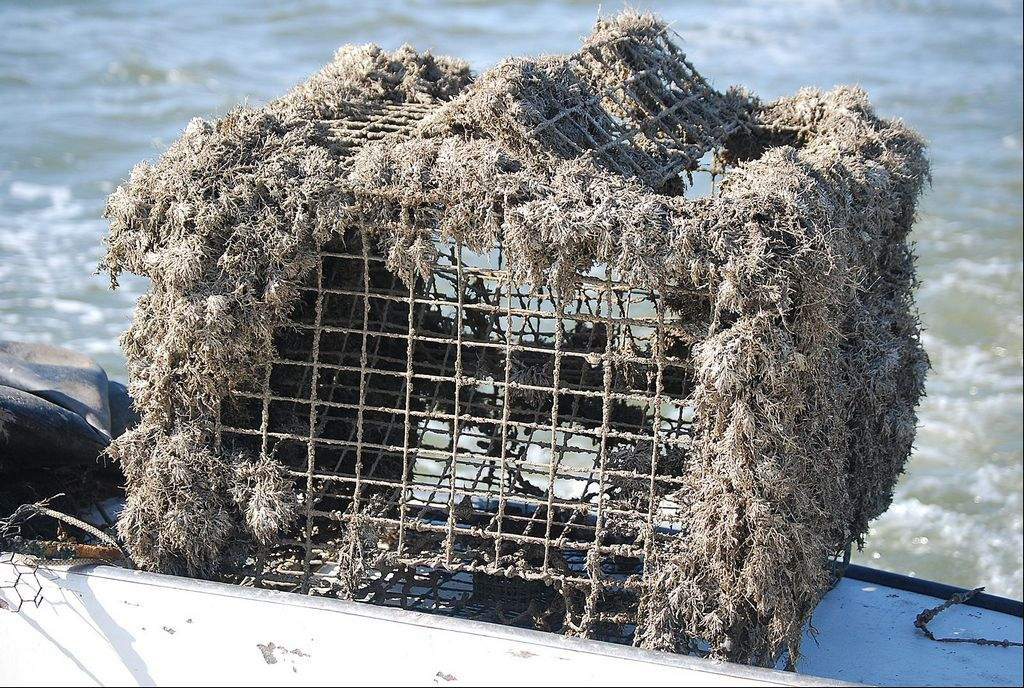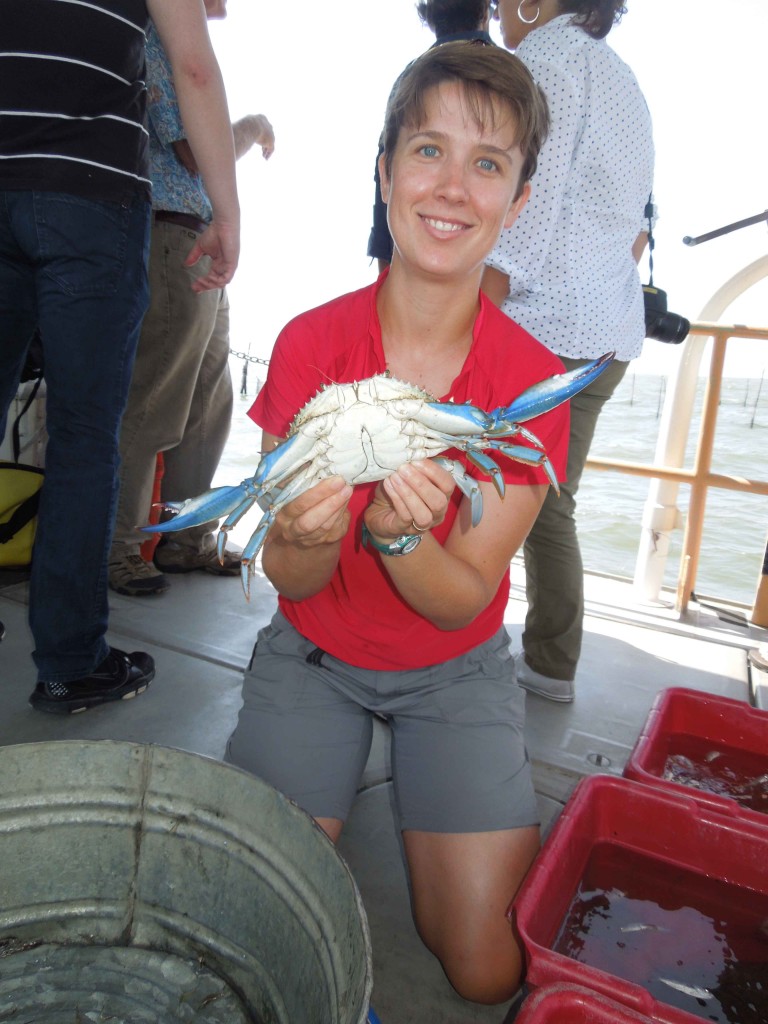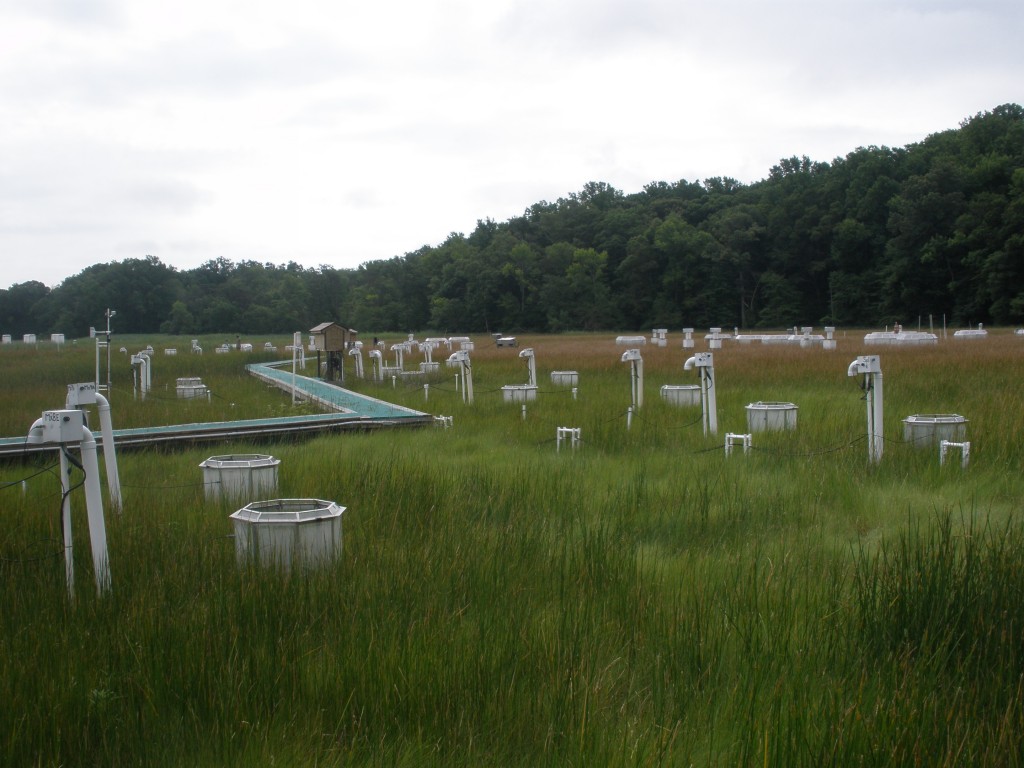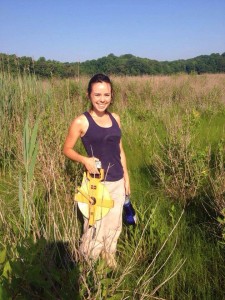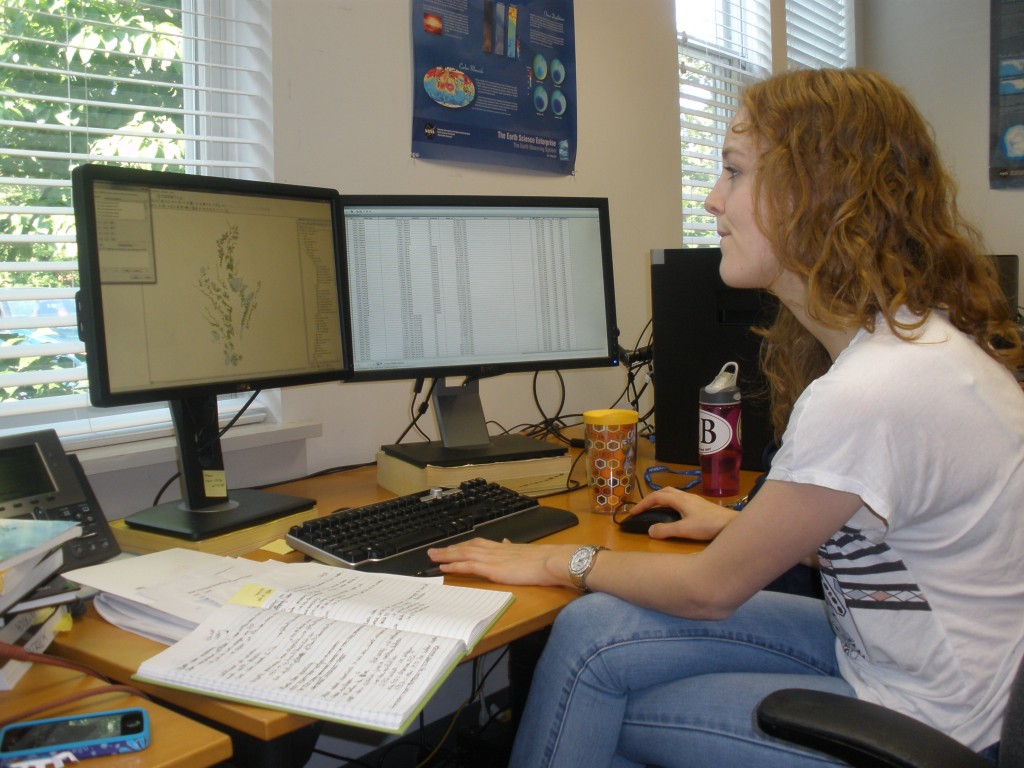Food doesn’t typically get the spotlight in talks on climate change. Even when human health enters the picture, heat waves and category 5 hurricanes often dominate coverage. But as the Earth changes, so does agriculture. That raised just one of several questions scientists wrestled with at the Smithsonian’s second climate change symposium, titled “Living in the Anthropocene”: What will the world’s 7 billion people eat?
Ecology
...now browsing by category
Feeding the World in the Age of Humans
Tuesday, November 18th, 2014Oysters and the Chesapeake’s Jellyfish Wars
Tuesday, September 30th, 2014Every summer, the food web in Chesapeake Bay gets jostled around as two plankton-eating predators jockey for power: comb jellies and jellyfish. Most smaller species don’t have a stake in the battle—both predators eat zooplankton and fish eggs, after all. But for young oyster larvae, the victor could make the difference between being protected civilians or collateral damage.
Urban kids, urban waterways: Citizen science improves lives and environment
Thursday, August 21st, 2014By Sarah Hansen
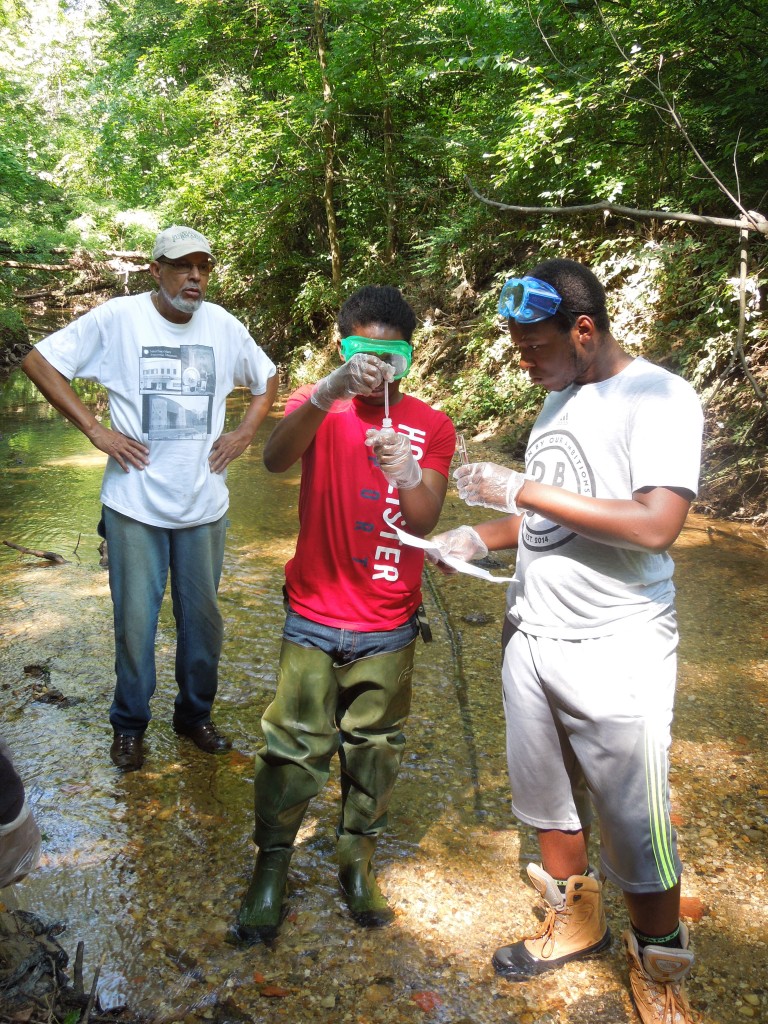
Tony Thomas (left), education program coordinator at the Anacostia Community Museum, supervises while students Donovan Eason (center) and DaWayne Walker run a chemical test on a water sample.
“Is the net like a Spongebob jellyfish net?” student Cristal Sandoval asked. Alison Cawood, citizen science coordinator at the Smithsonian Environmental Research Center (SERC), used another analogy to explain: “It’s like a bowl with holes in it for pasta.” Light bulbs came on around the room and a knowing, “Oh,” escaped the lips of at least a dozen students.
Marshes: Pollution Sponges of the Future
Thursday, August 21st, 2014by Melissa Pastore, biology graduate student at Villanova University
What if we could create a giant sponge capable of soaking up nitrogen pollution? It turns out that the Chesapeake Bay, which has experienced a rapid increase in nitrogen pollution from municipal and agricultural sources over the last few decades, already contains a natural version of this sponge: marshes fringing the Bay. But global change—and the nitrogen pollution itself—could change how this natural sponge operates.
Banishing the Ghosts on the Bay Floor
Tuesday, August 12th, 2014by Kristen Minogue
Every year, thousands of crab pots disappear, their lines snapped by violent storms or severed by the propellers of passing boats. Cut off from the buoys that once marked their presence, they become “ghost pots,” lost at the bottom of the Chesapeake.
But ghost pots aren’t dead pots. They’re still quite capable of trapping crabs, including mature females undergoing their spawning migration. And with no one to retrieve them, crabs too large to escape are condemned to a slow death by starvation. This often has the eerie effect of luring even more animals to their demise, says Laura Patrick, aquatic ecologist at the Smithsonian Environmental Research Center (SERC).
“The crabs are just going in and they’re dying,” Patrick says. “And one of the problems is that the dead animals that are in there can be bait for new crabs to come in. So it’s kind of a self-baiting pot.”
Virtual crabs could help real recovery
Friday, August 8th, 2014by Sarah Hansen
No one disputes that blue crab numbers in Chesapeake Bay are low. There is much discussion, however, about what to do to fix the problem. Smithsonian Environmental Research Center intern Julie Sepanik is working with SERC postdoctoral fellow Matt Ogburn to develop a computer model that will help improve our understanding of blue crab population dynamics in the Bay. The model works to identify where female crabs mature in the Bay and track their migration to lower Bay spawning areas. Ultimately, they hope the model will help inform decisions about preserving habitat and restoring the population.
Summer “Marshfest” gets all hands on deck
Thursday, July 24th, 2014By Sarah Hansen
At first encounter, the marsh looks as if it came out of a Heinlein novel. Boxy white robots dot the wetland, igloo-shaped encampments litter the landscape, and thick black tubes snake across the mud—wait, did that one just move? On closer inspection, clusters of human beings appear crouched in the sedge, carefully taking measurements for the annual Global Change Research Wetland (GCREW) Summer Marshfest.
“These two weeks are the most important two weeks of the year for us,” said Smithsonian Environmental Research Center biogeochemist Patrick Megonigal. During Marshfest, senior scientists, postdocs, volunteer citizen scientists, interns, lab techs and visiting students all join forces to collect data for three experiments focused on climate change and nutrient cycling, all managed by Megonigal. Click to continue »
Blue Crabs Need (More Than) A Few Good Men
Thursday, July 24th, 2014by Kristen Minogue

Male blue crabs can mate with multiple females. But with fewer men to go around, their female partners are left with less sperm to reproduce. (SERC)
The practice of selectively fishing male blue crabs in the Chesapeake—intended to give females a chance to reproduce—may have a hidden cost. A Bay without enough males could reduce the number of offspring females produce, ecologists at the Smithsonian Environmental Research Center found in a paper published in the July issue of Marine Ecology Progress Series.
Maryland and Virginia began reducing the harvest of female crabs by commercial and recreational watermen in 2008, the year officials declared the blue crab fishery a federal disaster. Since then, the crabs have shown signs of a shaky recovery. But a lasting comeback hinges on females producing enough offspring to sustain the population.
Intern Logs: A Summer Quest
to Understand Winter
Monday, July 21st, 2014
by Dejeanne Doublet
As we’re knee-deep in the marsh surrounding the Chesapeake Bay, working under the relentless sun during 90-degree weather with 90 percent humidity, sweat dripping down our faces, waving off the summer bugs and trying to collect as much field data as possible, the idea of winter becomes abstract and far-fetched. It’s hard to believe we are out here in the blazing heat of summer studying the effects of this past winter— one of harshest winters this area has endured in many years.
Using Computer Models to Help Rescue Bay’s Underwater Flora
Thursday, July 17th, 2014By Sarah Hansen
Underwater plants like sea grasses provide habitat and feeding areas for a wide range of aquatic life. They also help filter the water and put the brakes on erosion. But in Chesapeake Bay, the coverage of underwater plants, or submerged aquatic vegetation (SAV), has been low for decades, and restoration attempts have had mixed results. That’s why this summer, Smithsonian Environmental Research Center intern Bridget Smith is grappling with 28 years of data to explore which of a host of factors affects SAV in the Bay and how.

